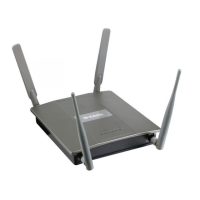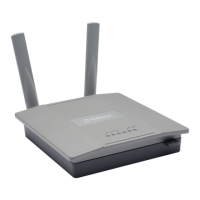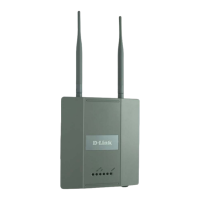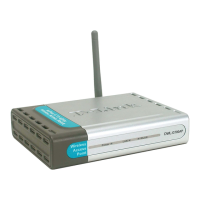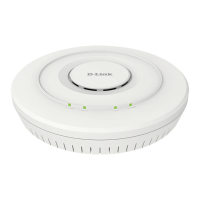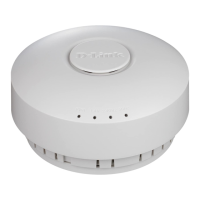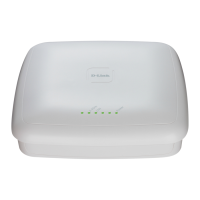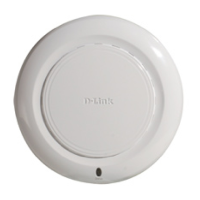Configuring Differentiated Services
D-Link Unified Wired and Wireless Access System
Oct. 2015 Page 341
D-Link UWS User Manual
Configuring Differentiated Services
The QoS feature contains Differentiated Services (DiffServ) support that allows traffic to be classified into
streams and given certain QoS treatment in accordance with defined per-hop behaviors.
Standard IP-based networks are designed to provide “best effort” data delivery service. “Best effort” service
implies that the network delivers the data in a timely fashion, although there is no guarantee that it will. During
times of congestion, packets may be delayed, sent sporadically, or dropped. For typical Internet applications,
such as e-mail and file transfer, a slight degradation in service is acceptable and in many cases unnoticeable.
Conversely, any degradation of service has undesirable effects on applications with strict timing requirements,
such as voice or multimedia.
To use DiffServ for QoS, the web pages accessible from the Differentiated Services menu must first be used to
define the following categories and their criteria:
1. Class: Create classes and define class criteria.
2. Policy: Create policies, associate classes with policies, and define policy statements.
3. Service: Add a policy to an inbound interface
Packets are classified and processed based on defined criteria. The classification criteria is defined by a class.
The processing is defined by a policy's attributes. Policy attributes may be defined on a per-class instance basis,
and it is these attributes that are applied when a match occurs. A policy can contain multiples classes. When
the policy is active, the actions taken depend on which class matches the packet.
Packet processing begins by testing the class match criteria for a packet. A policy is applied to a packet when
a class match within that policy is found.
The Differentiated Services menu page contains links to the various Diffserv configuration and display
features.
Diffserv Configuration
Packets are filtered and processed based on defined criteria. The filtering criteria is defined by a class. The
processing is defined by a policy’s attributes. Policy attributes may be defined on a per-class instance basis,
and it is these attributes that are applied when a match occurs.
The configuration process begins with defining one or more match criteria for a class. Then one or more classes
are added to a policy. Policies are then added to interfaces.
Packet processing begins by testing the match criteria for a packet. The ‘all’ class type option defines that each
match criteria within a class must evaluate to true for a packet to match that class. The ‘any’ class type option
defines that at least one match criteria must evaluate to true for a packet to match that class. Classes are
tested in the order in which they were added to the policy. A policy is applied to a packet when a class match
within that policy is found.
Use the Diffserv Configuration page to display DiffServ General Status Group information, which includes the
current administrative mode setting as well as the current and maximum number of rows in each of the main
DiffServ private MIB tables.
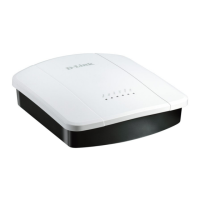
